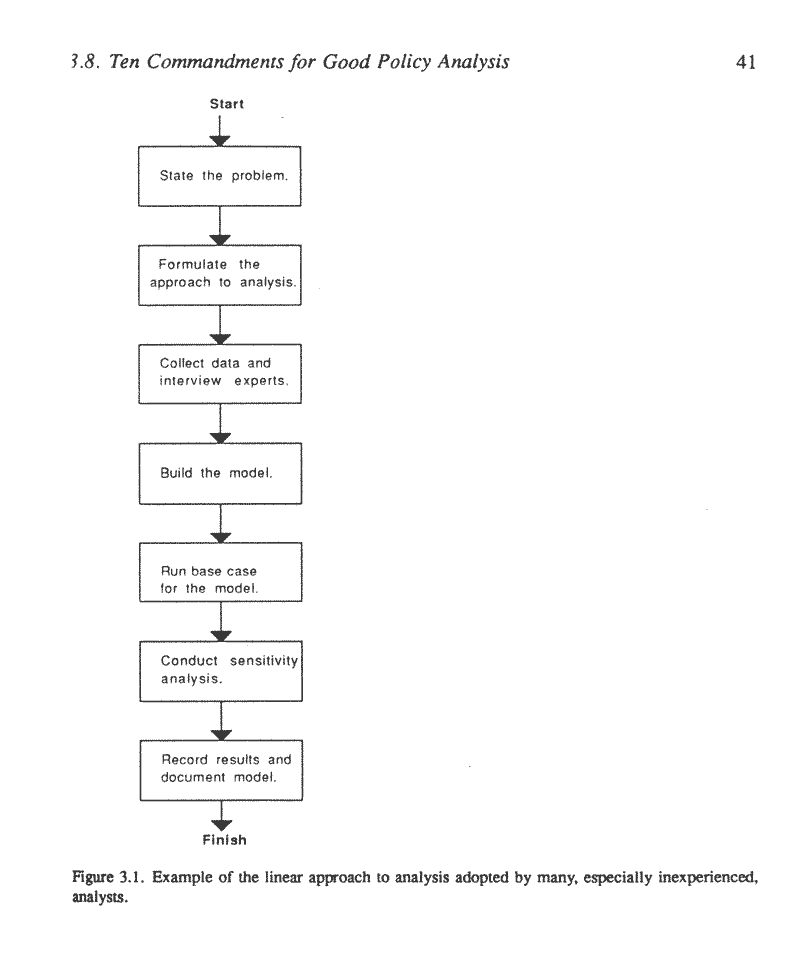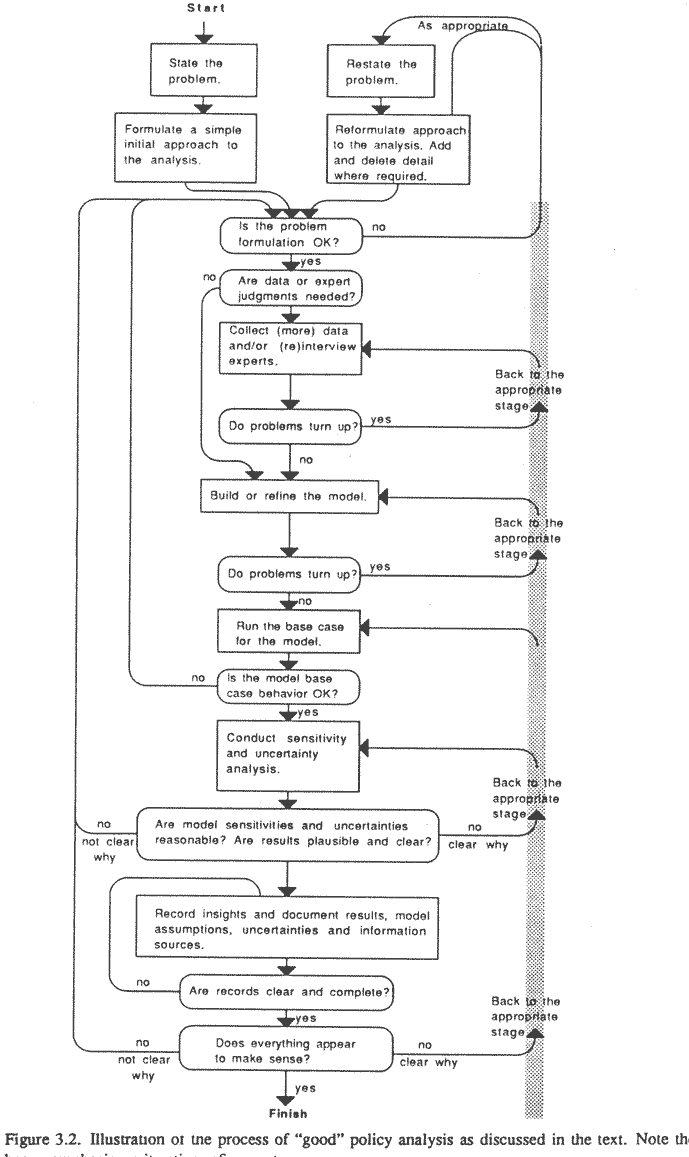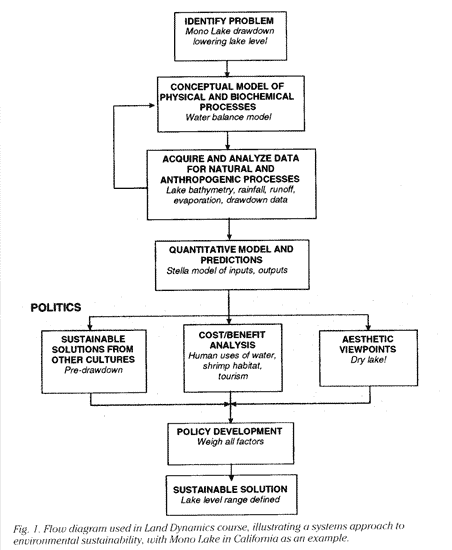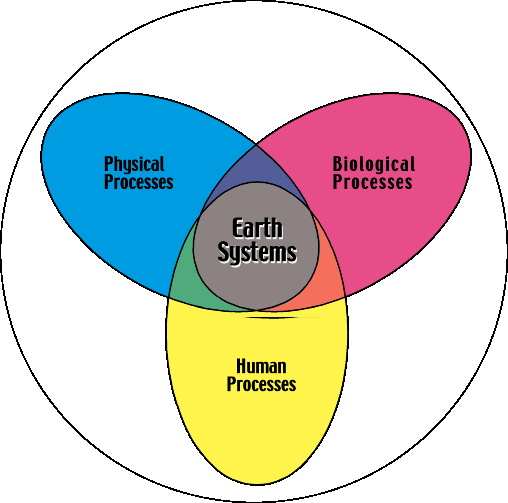SARS - slight return
Aside
I am getting some great feedback on the modeling stuff, but I am feeling a bit frazzled tonight so I am going to shift gears briefly and let my thoughts on modeling simmer for a while.
End
SARS is back in the news. It seems like the disease has the potential for a bit of a second wind. The figure below summarizes my understanding of the disease. In individuals, there were reports of recurrence if the disease was not fully conquered in the first go-round. In communitities, there seems to be the potential for new outbreaks as well. Toronto is seeing a pretty good resurgence. Part of the bump in Toronto seems to have to do with how SARs is defined.

What is the relationship between the progress of the disease in individuals and in populations? The evolution of the disease in individuals is the domain of medicine; the evolution of the disease in populations is the domain of public health. My guess is that the stubbornness of the virus in individuals is related to the potential for new outbreaks. In part I think this because of the importance of restricting exposure in controlling spread - in order to contain the disease, each victim must infect less than one other person.
When I wrote about SARS previously, it looked like the mortality rate was reasonably low. Turns out that the mortality rate is higher than previously thought it may be as high as 17 - 20%. As might be expected, mortality is higher in younger and older people. For people over 60, the mortality is quite high. I am quite interested in the age structure of the mortality - is it typical for infectious diseases or is it unusual?
As I noted earlier, SARS is a coronavirus and it does seem to have moved between animals and humans.





